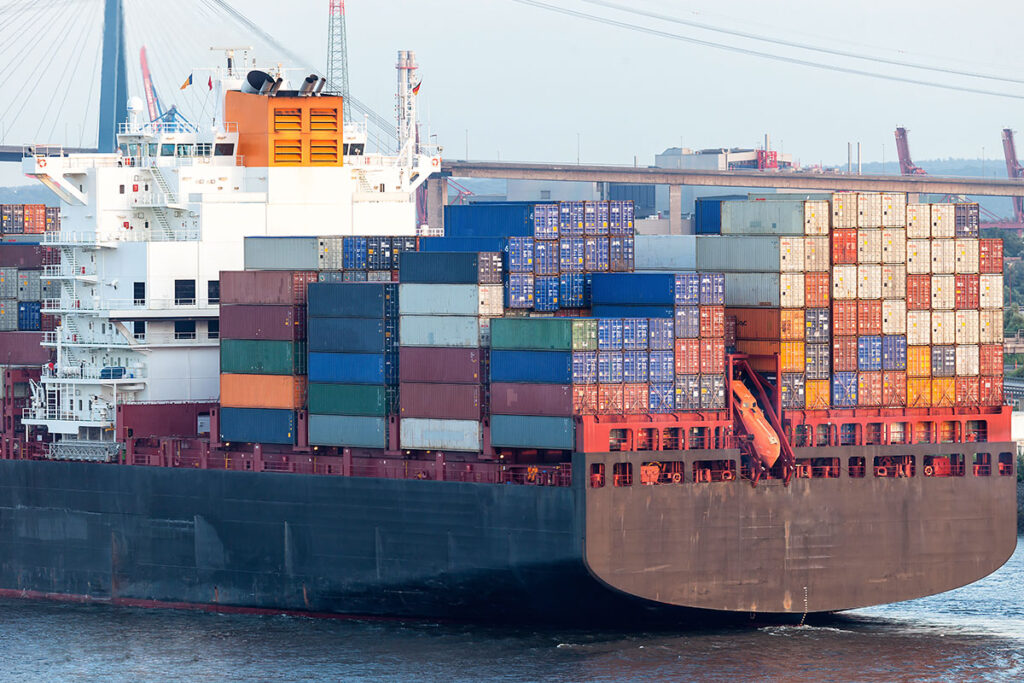In our final release of 2020, we now support multiple versions of Kubernetes running across your clusters with support for 1.17 and 1.18, we have introduced One-Click Cluster Creation for AWS, Azure, and BareOS, added enhancements to our Managed Calico CNI, and more. Oh, and a whole new user experience, we rebuilt our web app from the ground up–what a way to wrap up 2020!
Wait, wait…It wasn’t just the UX team, the SaaS Management Plane and our Host Side components have undergone an immense transformation. We have new APIs that will begin to roll out throughout 2021, including a new way to interact with core add-ons such as MetalLB, Kubernetes dashboard, and AutoScaler, introducing dynamic management meaning that they can be added/removed at any time. And most importantly, the SaaS Management Plane and the Host Side components have been separated unleashing multi-version support, Kubernetes patch upgrades (example 1.17.9 to 1.17.10), and the freedom to run the version you choose for the timeframe you want.
Platform9 5.0 is out and it has kept all of us at Platform9 very busy.
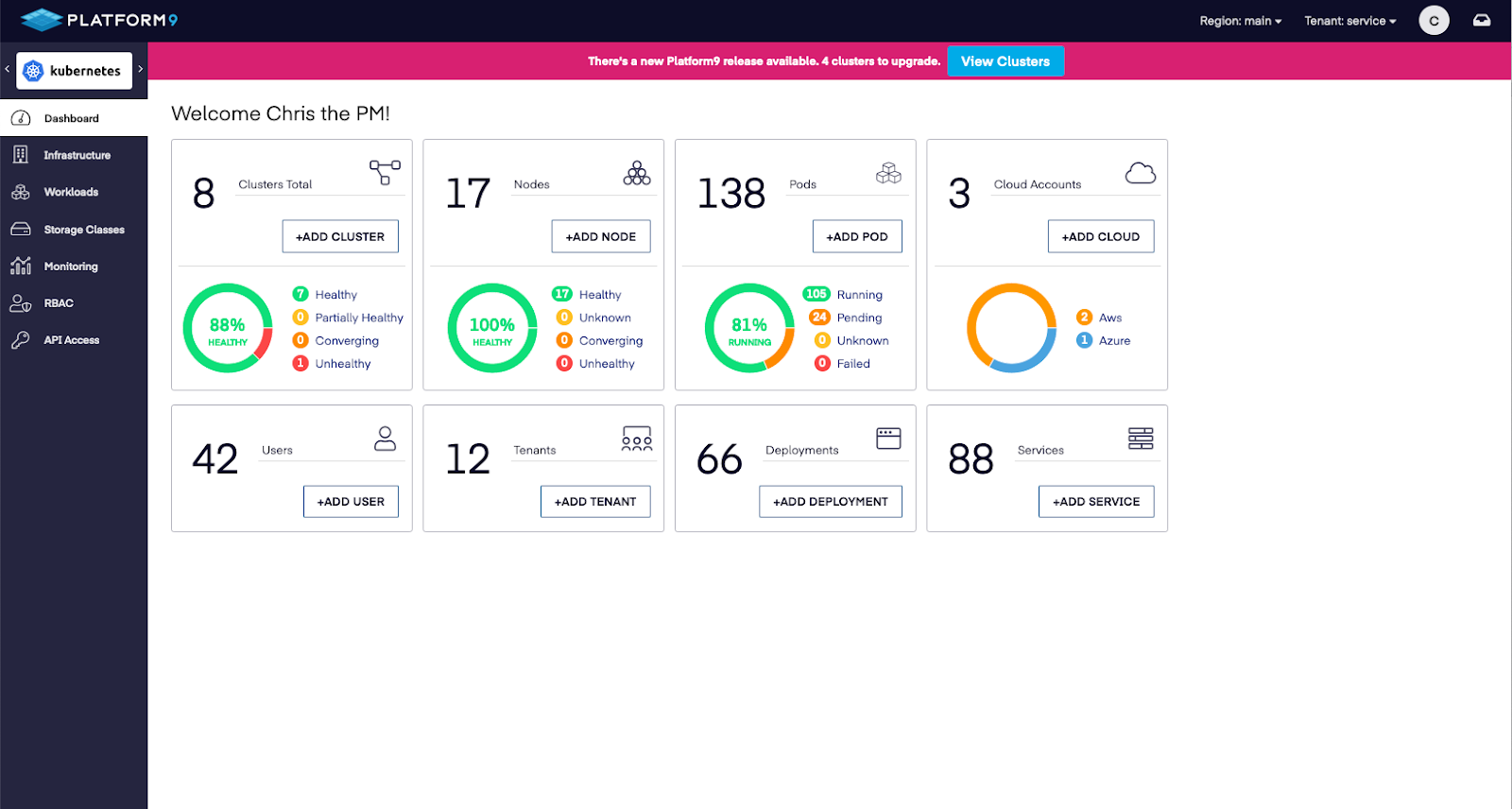
Figure 1: Welcome to Platform9 Managed Kubernetes
Multi-Version Kubernetes
Multi-version support has been in the works for a while and an “in-demand” feature amongst all of our users. As a SaaS company with a 99.9% SLA, we focus on uptime and outstanding support, but as we needed to make some fundamental changes to separate the SaaS Management Plane and our Host Side components, we also wanted to make sure it wouldn’t impact our users and that it also solved issues with upgrades. Previously to 5.0, our management plane and host side had to run in unison.
With 5.0 you will be able to run your clusters at any of our supported Kubernetes versions, starting with 1.17.9 and 1.18.10. This means you can run production on 1.17, staging on 1.17, and development on 1.18.
Once you are ready to deploy your cluster you can now select the version of Kubernetes to be installed.
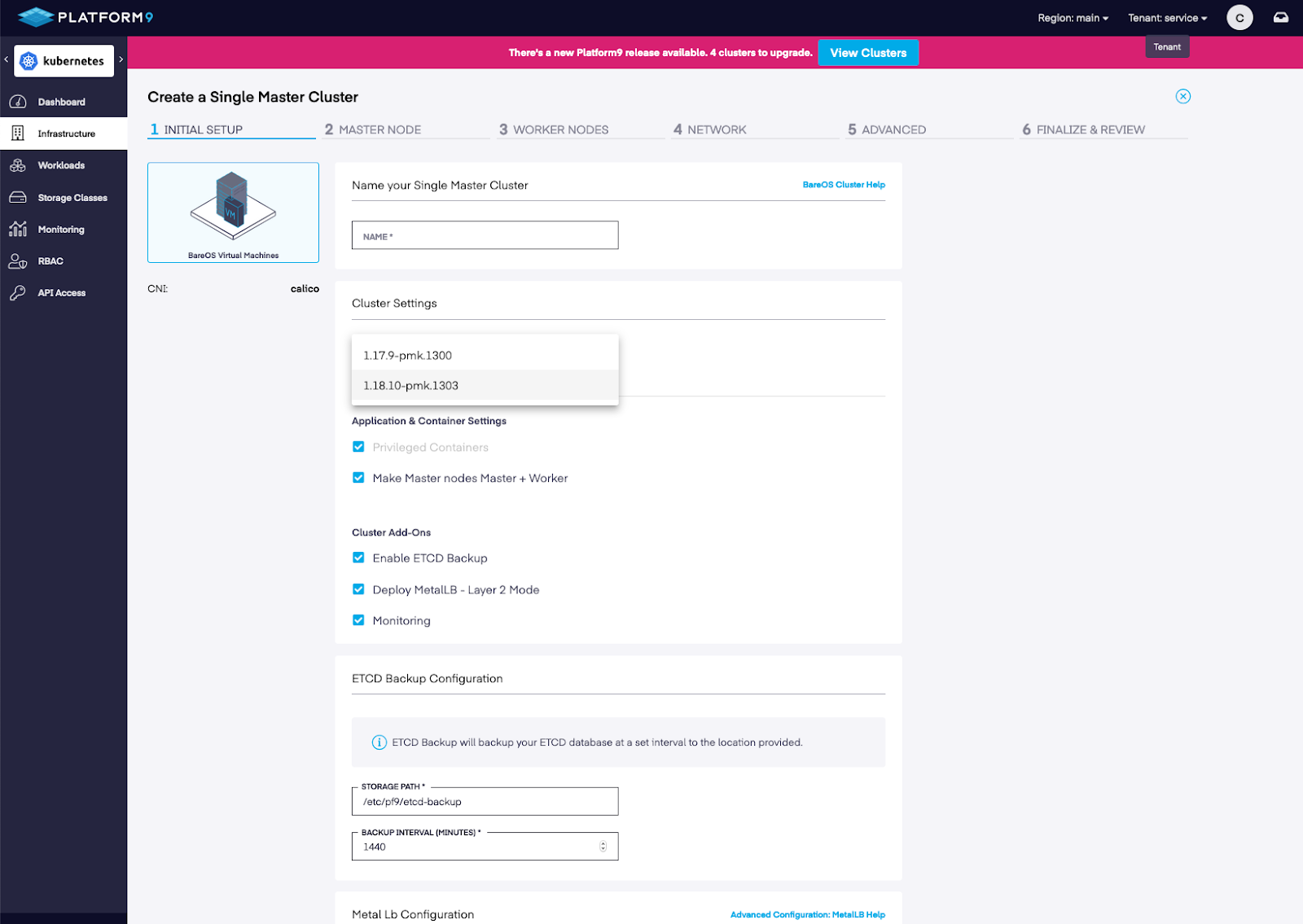
Figure 2: New Cluster K8s Version Selection
5.0 also introduces the ability to choose when you upgrade and which version to upgrade. This enables a simplified upgrade experience and a choice of a patch upgrade or minor upgrade.
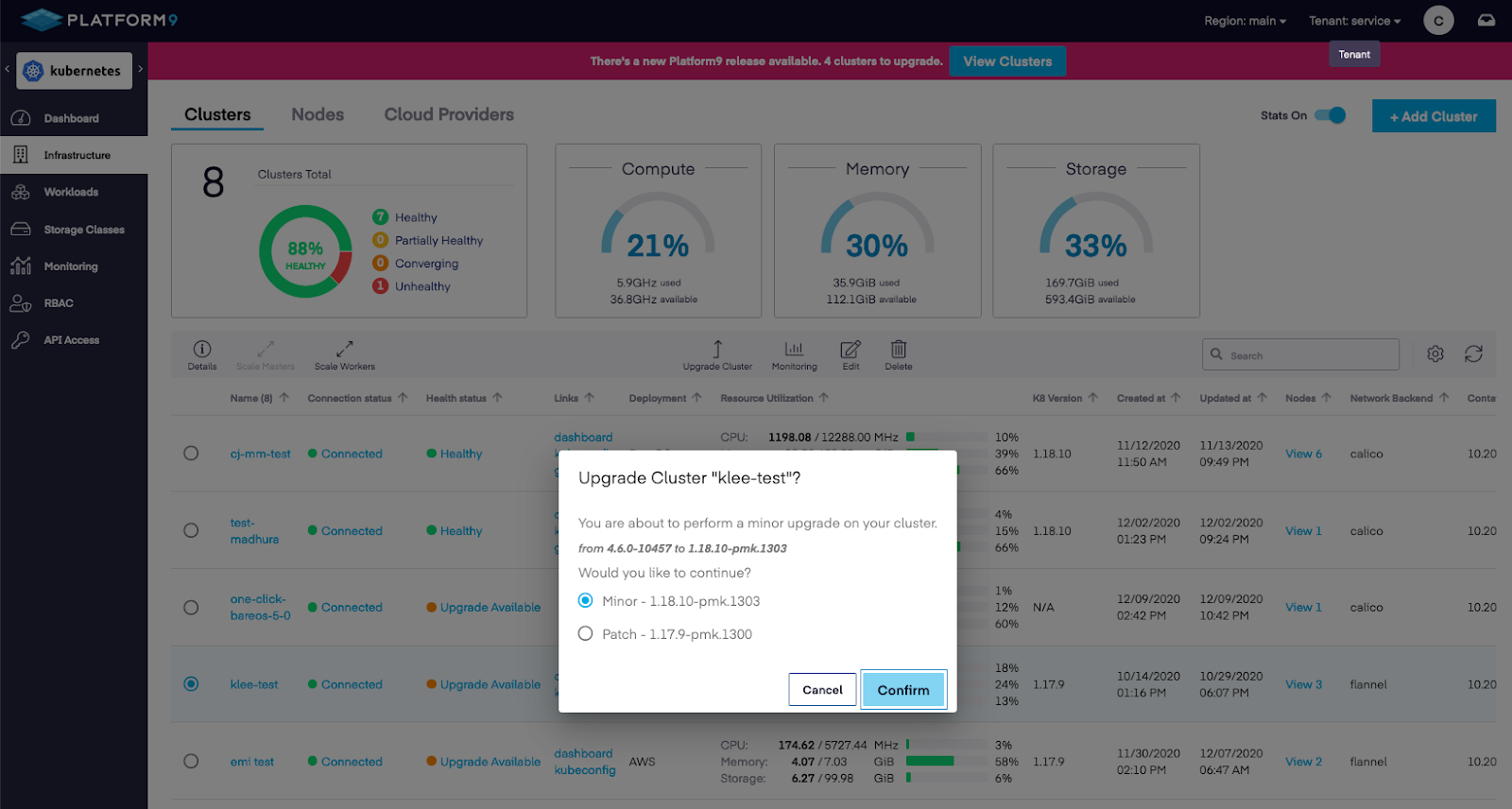
Figure 3: Cluster Upgrade Patch or Minor Selection
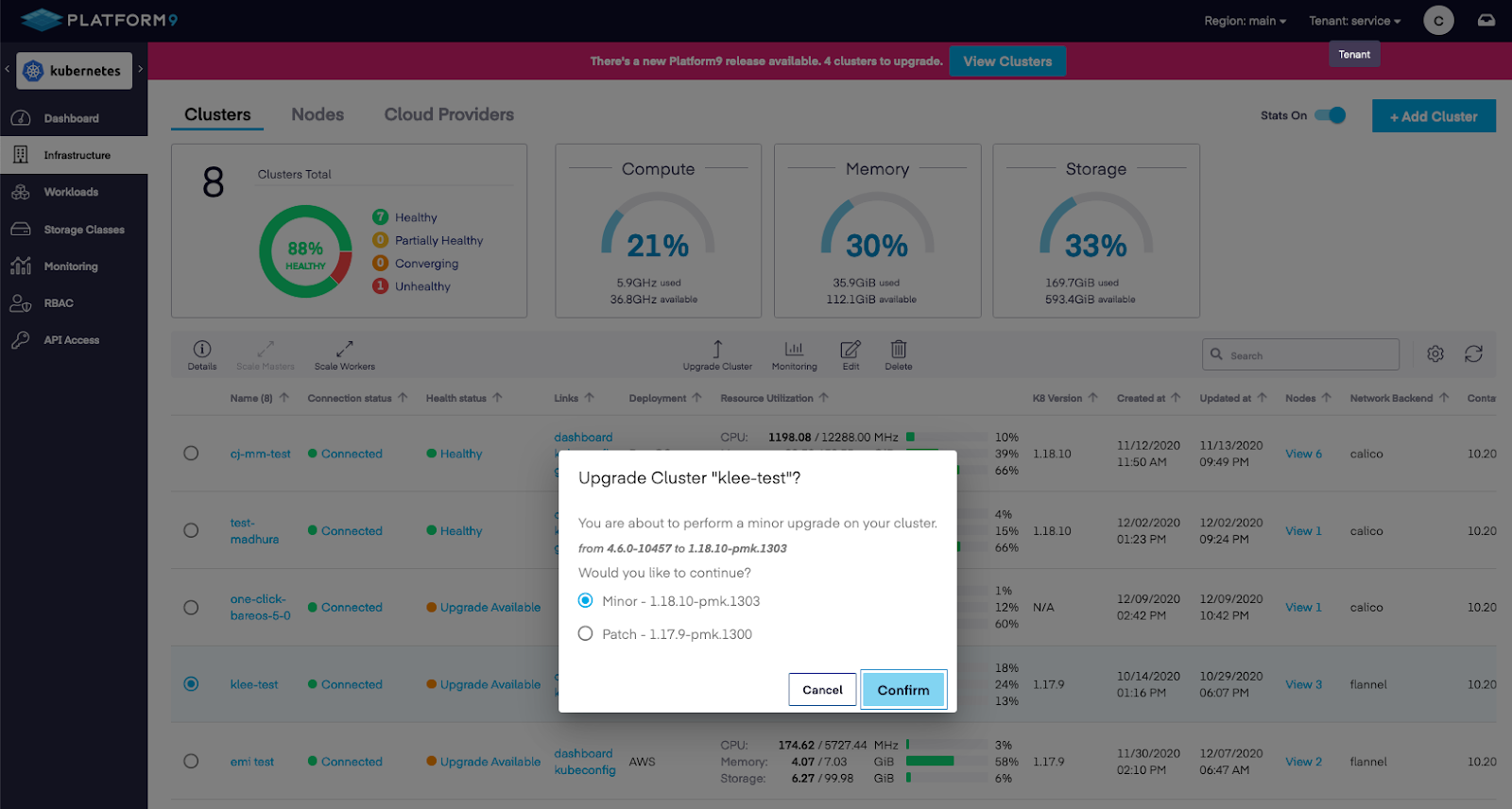
Figure 4: Cluster Upgrade Minor Only
Managed Calico Enhancements
Platform9 includes a fully managed software-defined network with all of our products: Platform9 Managed Openstack, Managed Bare Metal, and Managed Kubernetes. In our 5.0 release, we have added additional controls to Managed Calico that make it easier to deploy. Calico is a highly available, resilient and a secure network. When building a new cluster, the network configuration now allows Calico Interface selection to be configured. This ensures that Calico is bound to the correct network interface.
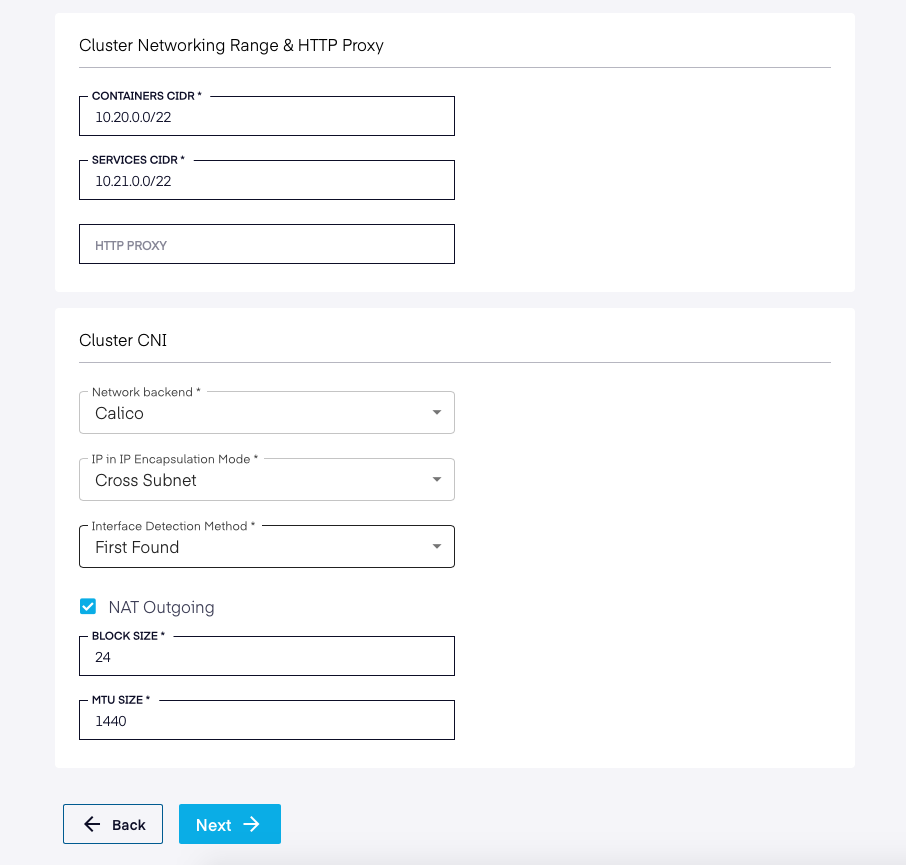
Figure 5: Calico CNI Configuration
New VM and Physical Node Deployment
Platform9 started deploying Kubernetes on physical nodes, then progressed to VMs, AWS, and Azure. In 5.0, we have rethought the deployment process and separated out BareOS for VMs and Physicals.
We still support blended clusters, that’s virtual Masters and physical workers, or vise versa. However, to simplify cluster creation for the majority of our users we have split them up.
In redesigning the new cluster workflows we have added a new cluster Configuration step where you are now able to select your cluster add-ons, such as MetalLB, as well as configure etcd backup and other cluster-wide settings.
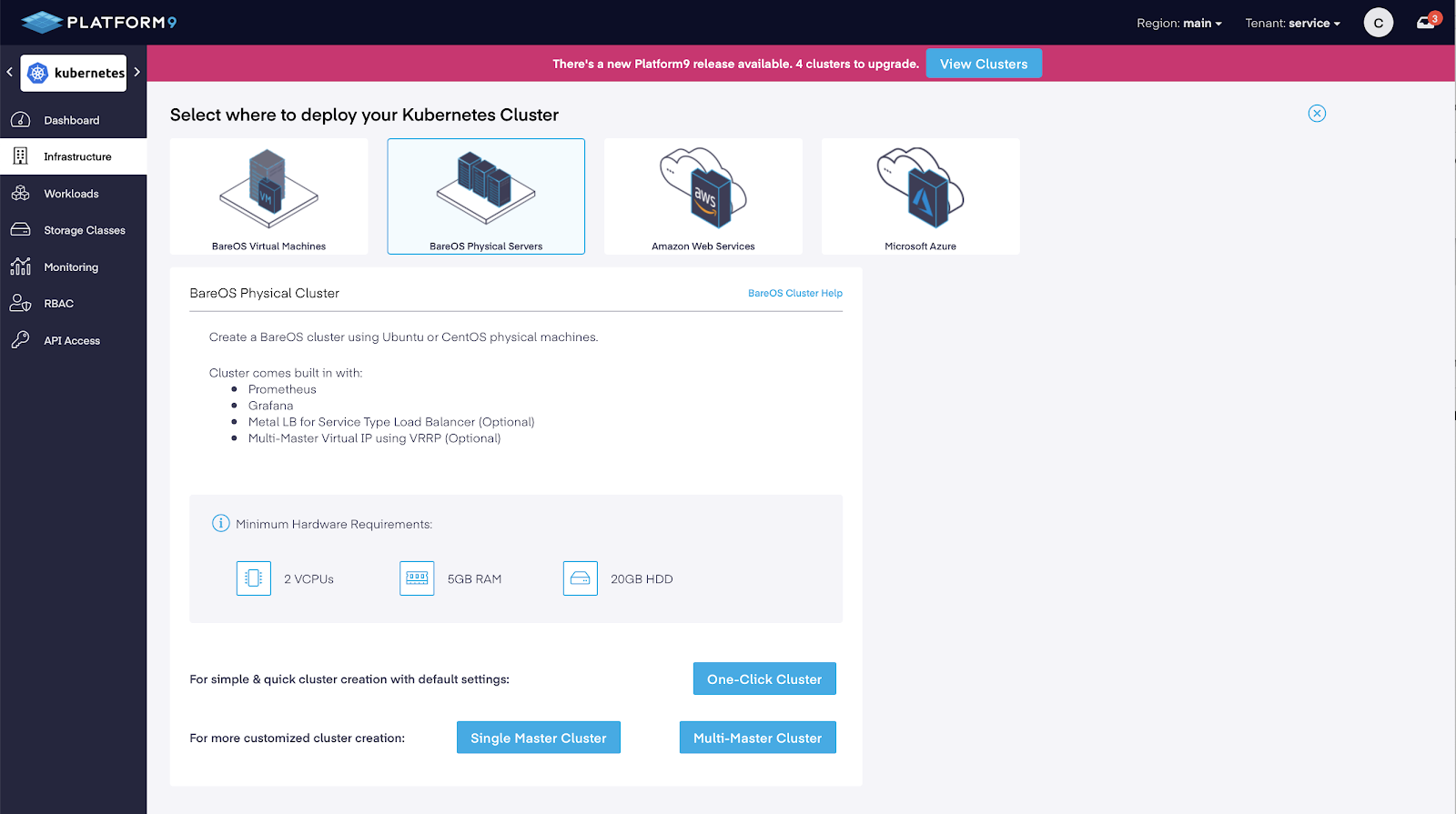
Figure 6: Create Cluster
Log Analysis On-Demand
Ever hit an installation issue and wished someone could help in real-time? Saving you the pain of reading logs. As of 5.0, you can opt to upload your installation logs to Platform9 and immediately contact us on the Platform9 Slack.
If you hit any issues installing Platform9 on BareOS and need help troubleshooting, upload your logs and our team will troubleshoot together.
Expanded Deployment Options
In 5.0, we are introducing an Advanced Host onboarding feature that many of our Enterprise users are familiar with.
Advanced Host onboarding leverages a direct download and installation of the Platform9 HostAgent. This can be useful if you’re looking to build your own automation in tools like Ansible or Terraform or if you’re curious to see what the Platform9 CLI is doing behind the scenes. To access this, click the ‘Onboard a Node” button on the Infrastructure – Nodes dashboard.
Once the HostAgent is installed, you will need to Authorize the node from the infrastructure – Nodes dashboard, a two-step process that ensures the security of your platform.
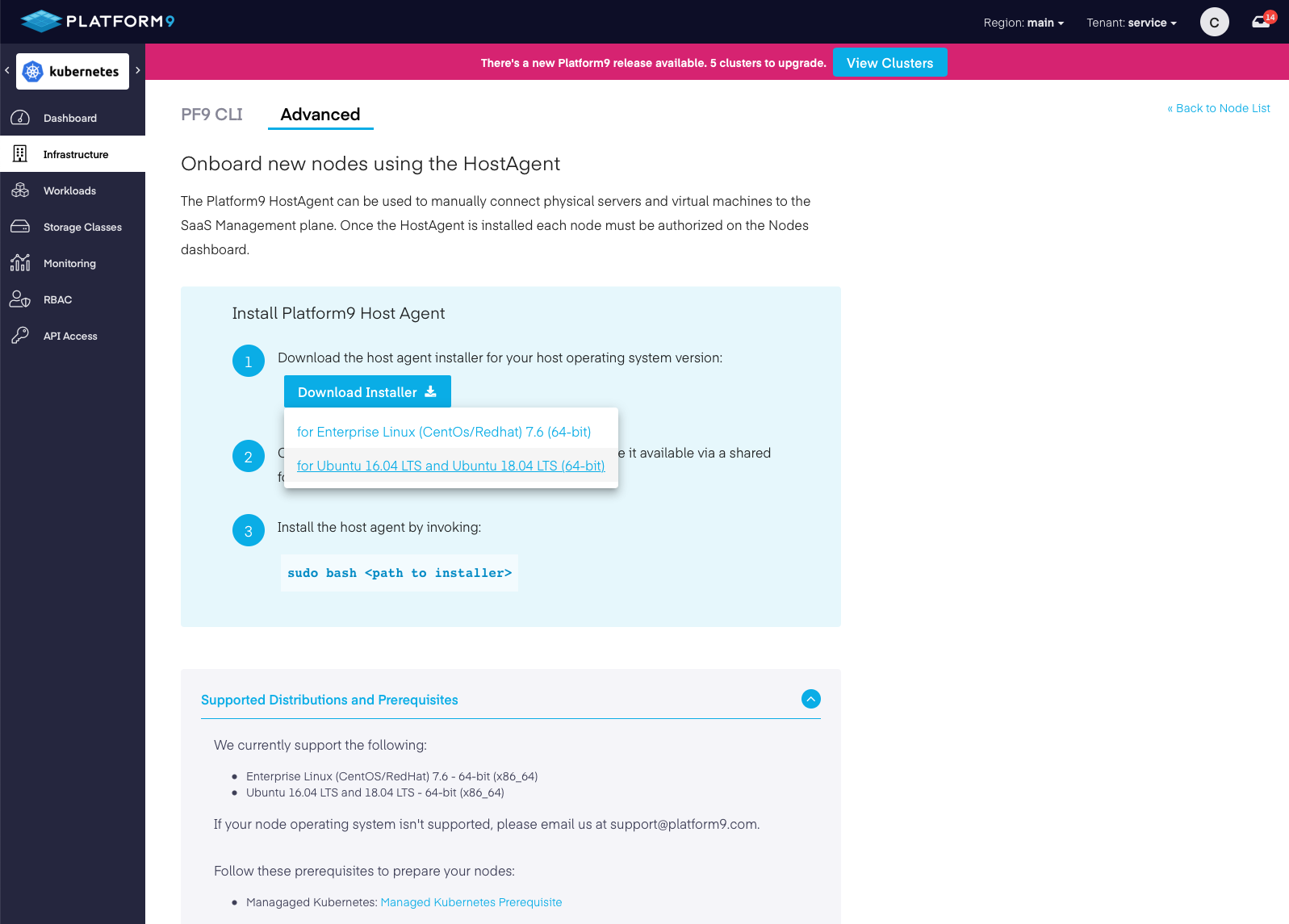
Figure 7: HostAgent Download
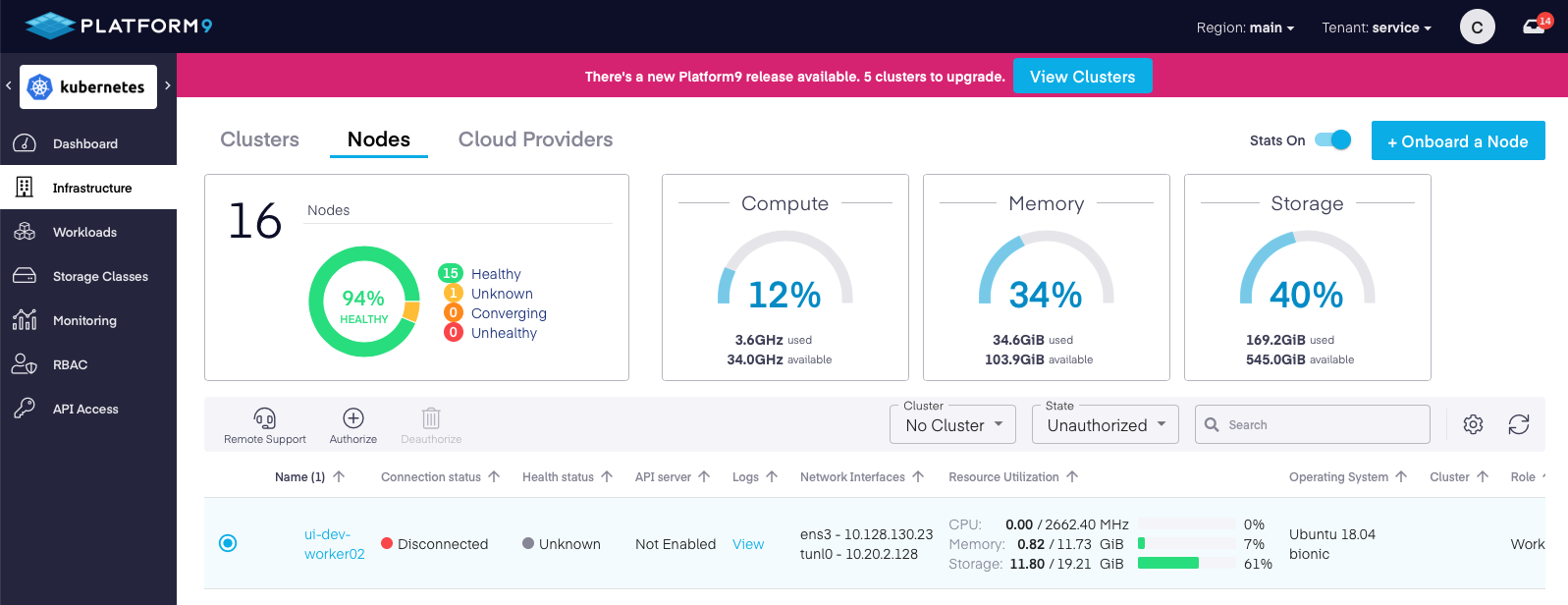
Figure 8: Authorize Nodes
Scale Master Nodes on BareOS
For a long time, we have allowed users to scale a multi-master, or HA Kubernetes clusters using the Platform9 CLI. In 5.0, we now enable you to add and remove master nodes directly from the web app.
This enables you to scale any multi-master cluster from 1 to 5 nodes whilst maintaining quorum.
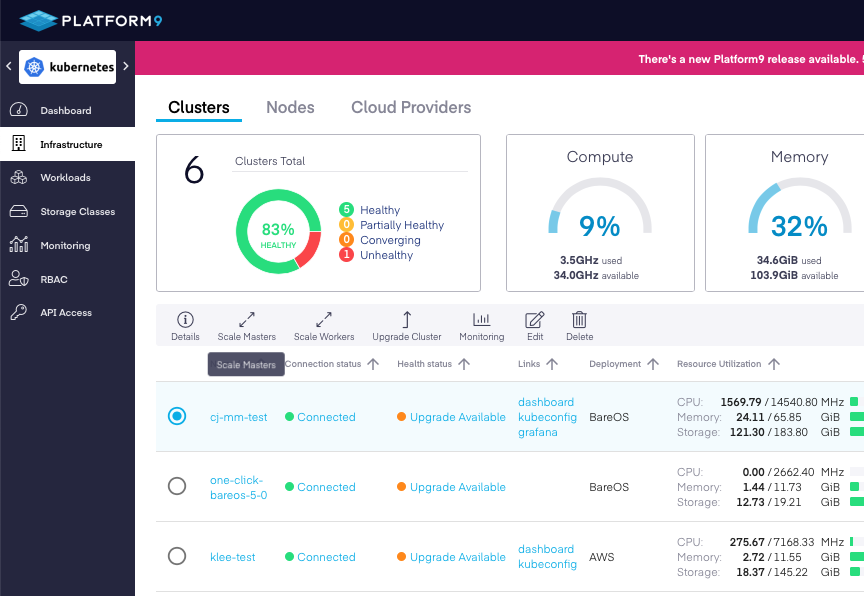
Figure 9: Scale BareOS Master Nodes
Autoscaling Azure
One of the key benefits of running any workload in a public cloud is the ability to instantly scale. In 5.0, we introduce the ability to set up Azure clusters with auto-scaling capabilities This means that as your workloads change, so too does the number of worker nodes. This ensures your customer experience is excellent while driving down costs.
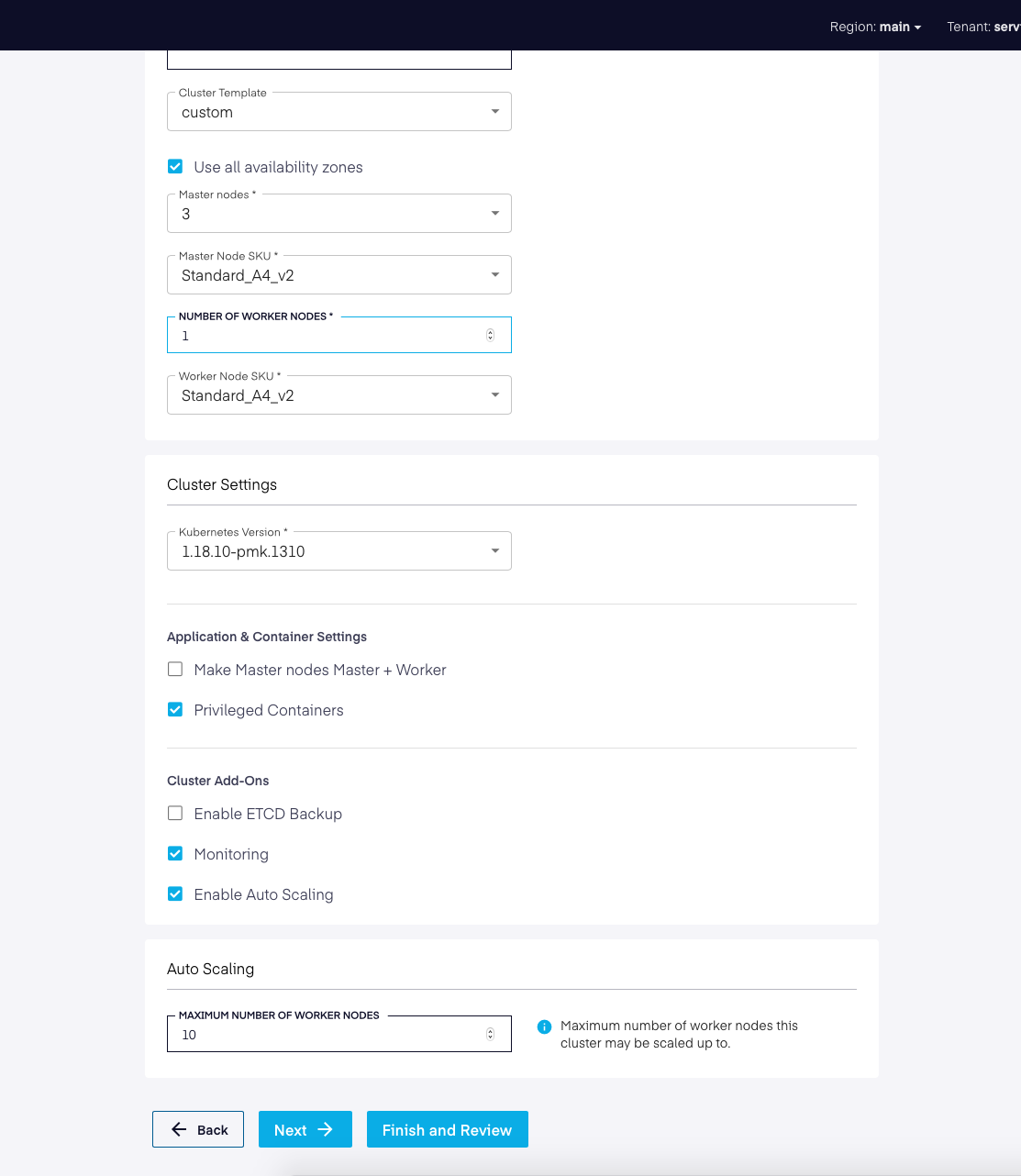
Figure 10: Azure Autoscaling Setup
One-Click Clusters
Looking to get started quickly? Or maybe you need a cluster for a smoke test and don’t want to deploy multiple nodes. As part of 5.0, we have introduced the ability to deploy a cluster with one-click across VMs, Physical, AWS, and Azure.
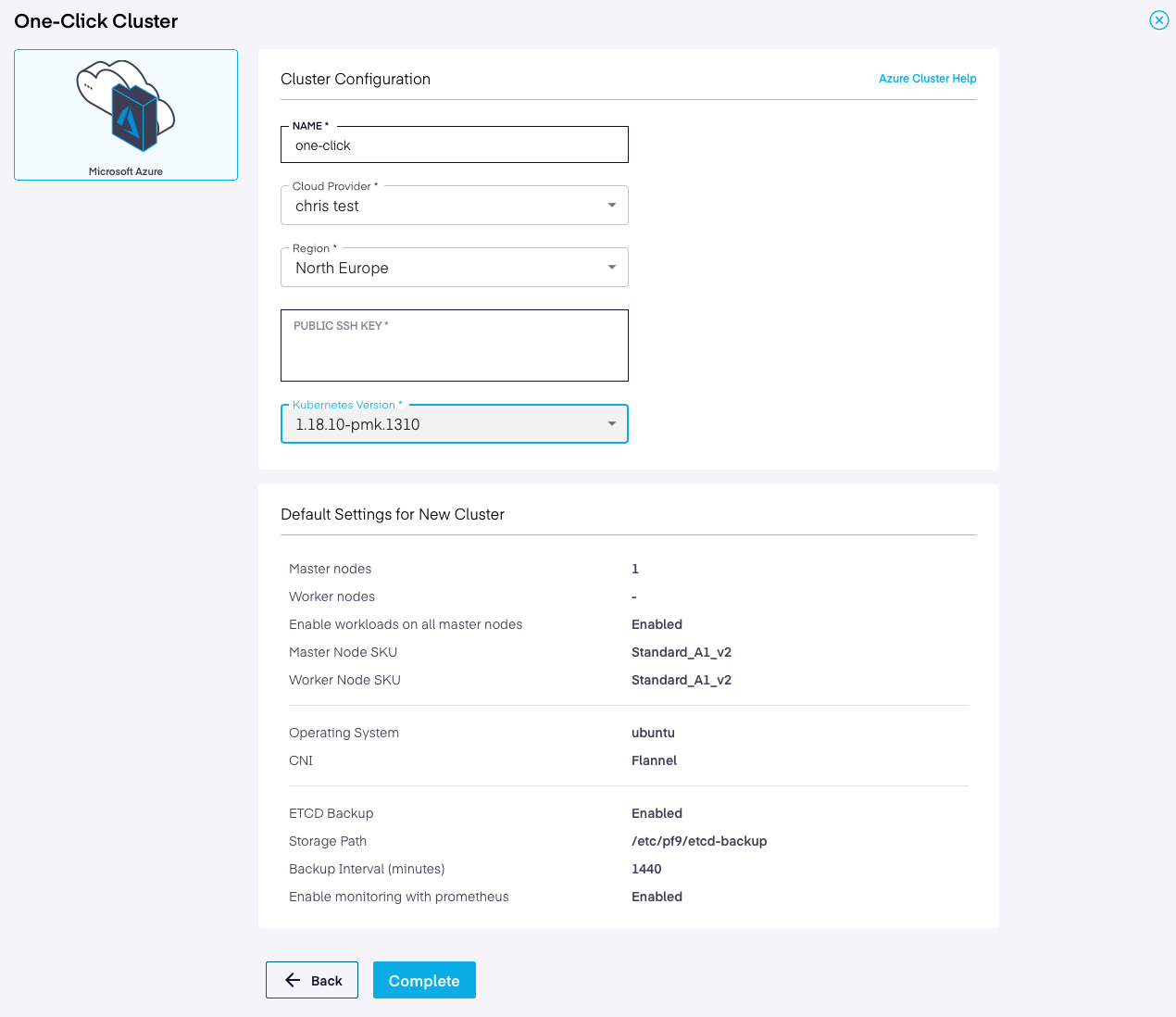
Figure 11: One-Click Azure Cluster
Enhanced Monitoring
Our built-in Prometheus and Grafana have been upgraded and in the process, we have expanded the data collection to include:
- Kube Events
- File System Usage
- CPU and Memory usage
- Network Usage
- PV and PVC
- Apiserver
And the following new alerts
- Pvc Pending
- Pvc Provisioning Failed
- Failed Attach Volume
- Failedmount
- Imagepullbackoff
- Backoff
- Failedscheduling
- Failedcreate
- Evicted Pods
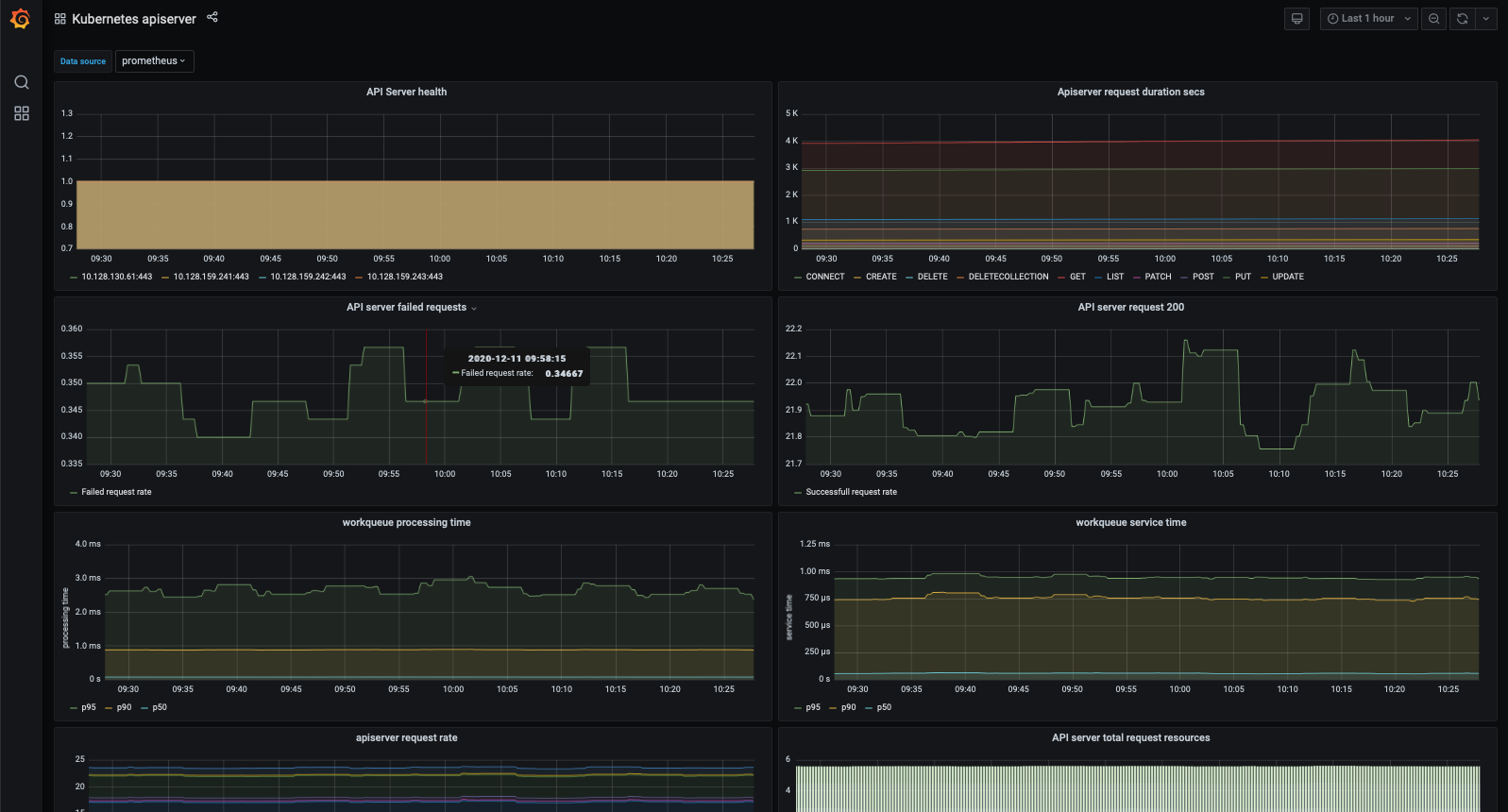
Figure 12: Grafana Kubernetes API Server Dashboard
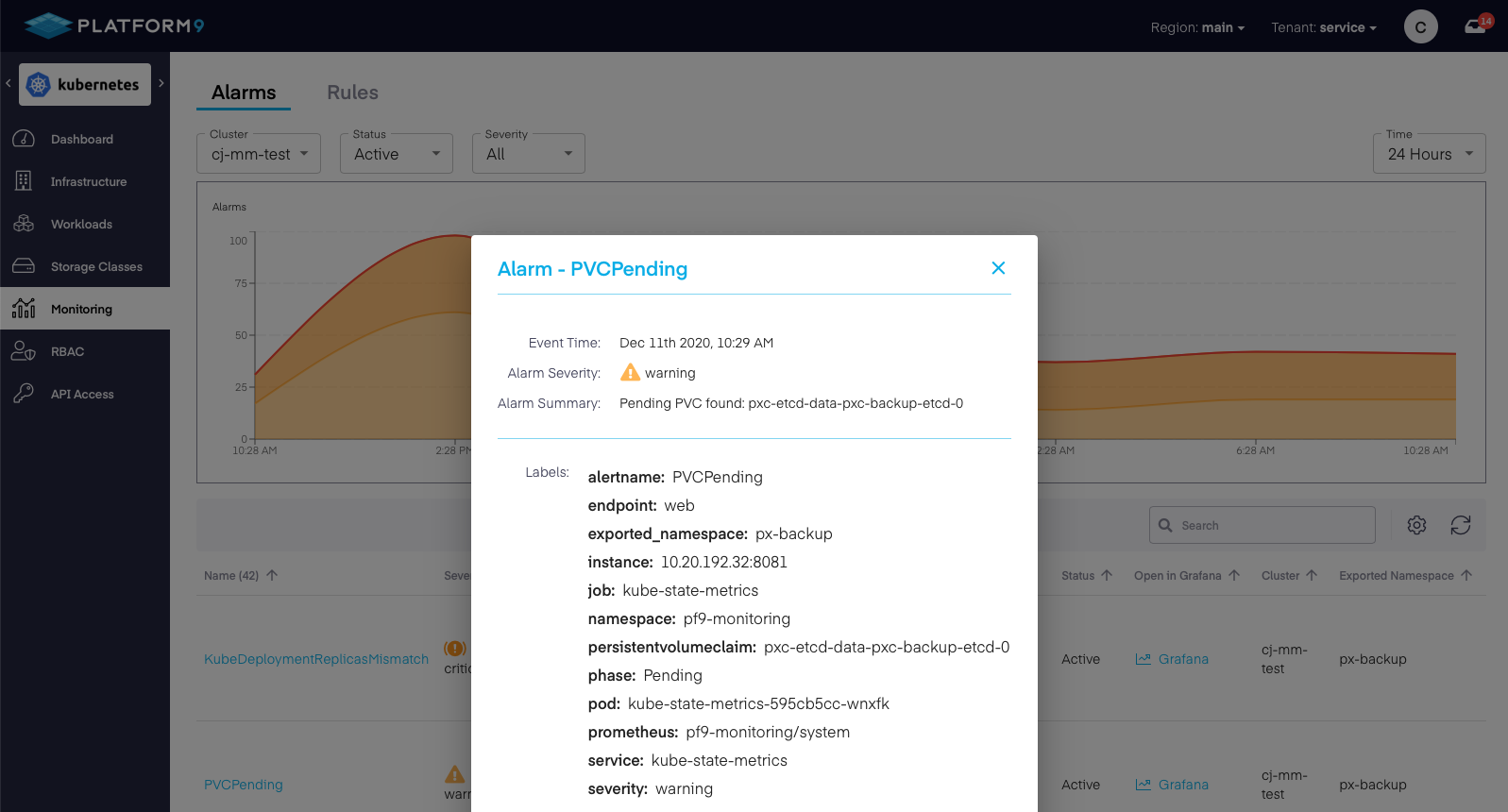
Figure 13: Platform9 Federated Monitoring – PVC Pending Alarm
Instant Access to Container Logs
One task that becomes repetitive very quickly is gathering logs! During our own development of Platform9 Managed Kubernetes, we realized we were running kubectl commands to view container logs all the time. Personally, as I test apps, deploy partner applications, and successfully break all of them, I ultimately end up needing to view logs.
To simplify this, we have added the ability to view container logs to our SaaS Management Plane. This means you can view logs from any container running anywhere without the need for a VPN or a direct connection to the cluster.
When viewing the Workloads – Pods dashboard, simply click the ‘View Container Logs’ and we’ll open it up. Done.
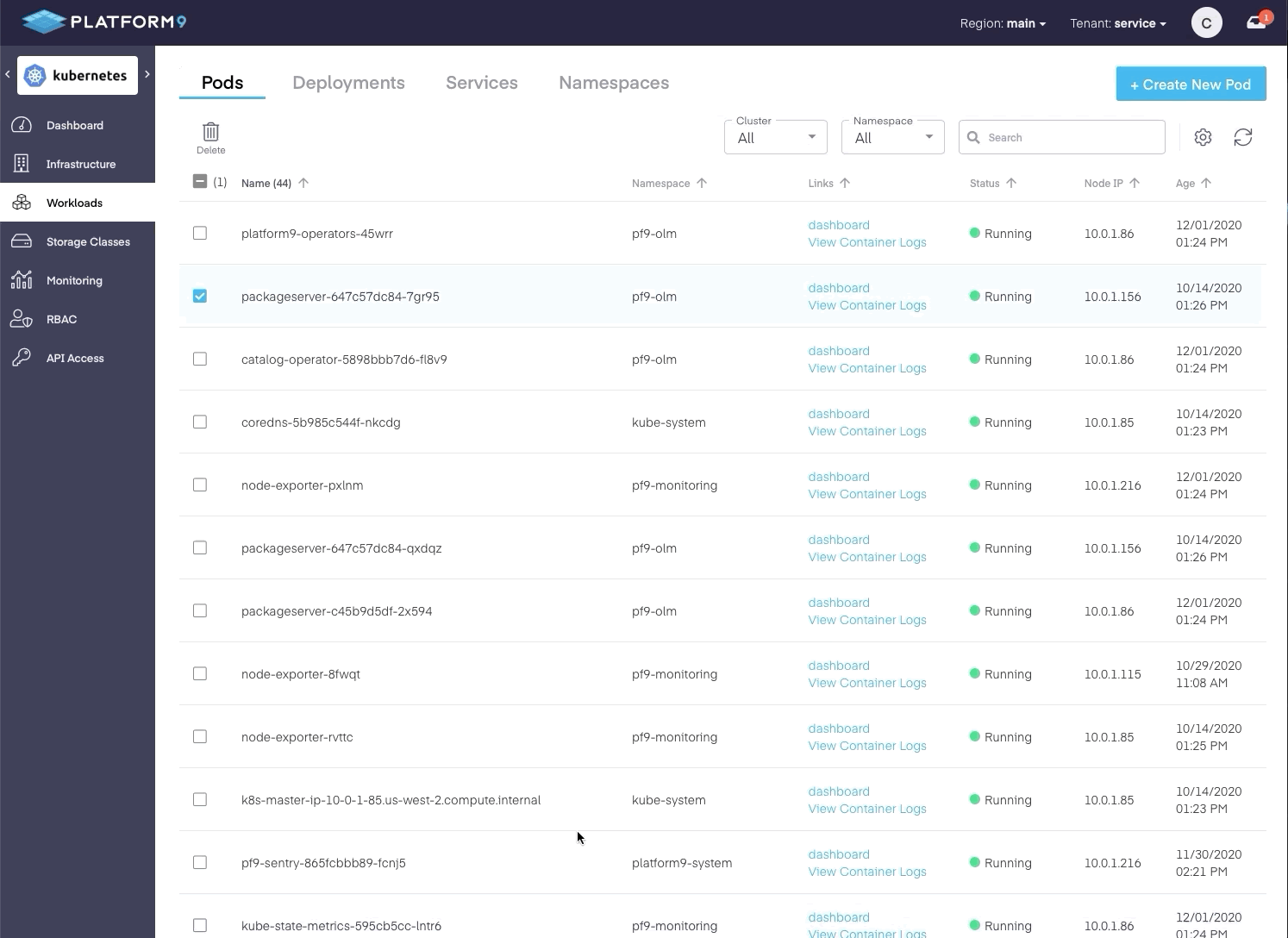
Gif 14: Access Container Logs
Notification Inbox
To simplify notifications and platform errors we have moved all of our events into a single notifications inbox. You can now access toast notifications or messages via the Notification Inbox next to your user avatar in the top right corner of the web app.

Figure 15: Notifications Inbox
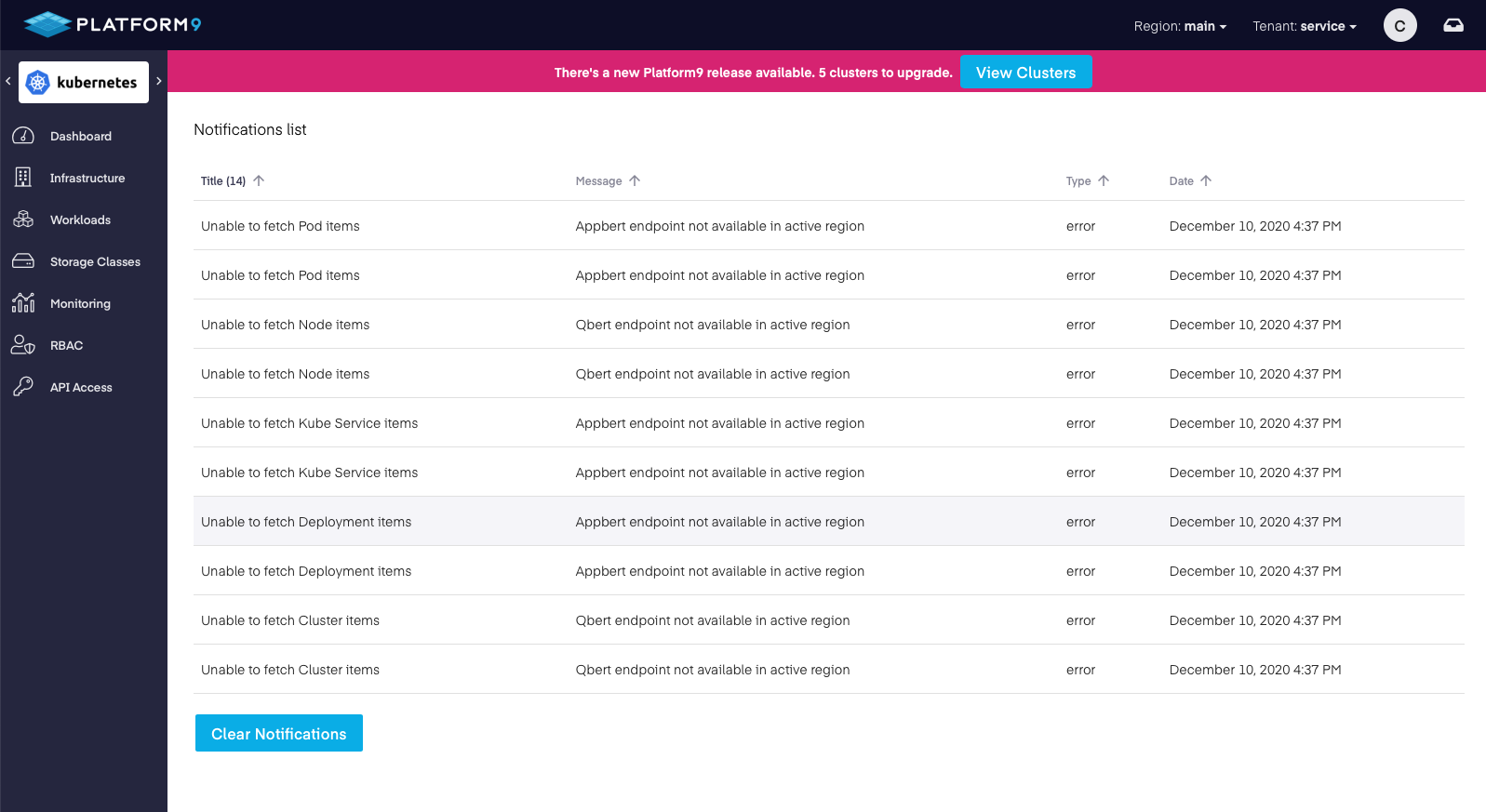
Figure 16: Notifications Dashboard
Account Settings
Wondering where “Tenants and Users” have moved to?
As we introduce new features and additional controls that span clusters and your entire Platform9 account, we thought it was prudent to simplify the operations experience of Platform9.
The new Settings area within Platform9 will become the single location to manage:
- User Profile
- Multi-Factor Authentication
- Create and Manage Tenants
- Create and Manage Users
- Configure SSO
- View Usage and Licensing
- Setup platform defaults

Figure 17: Account Settings Menu
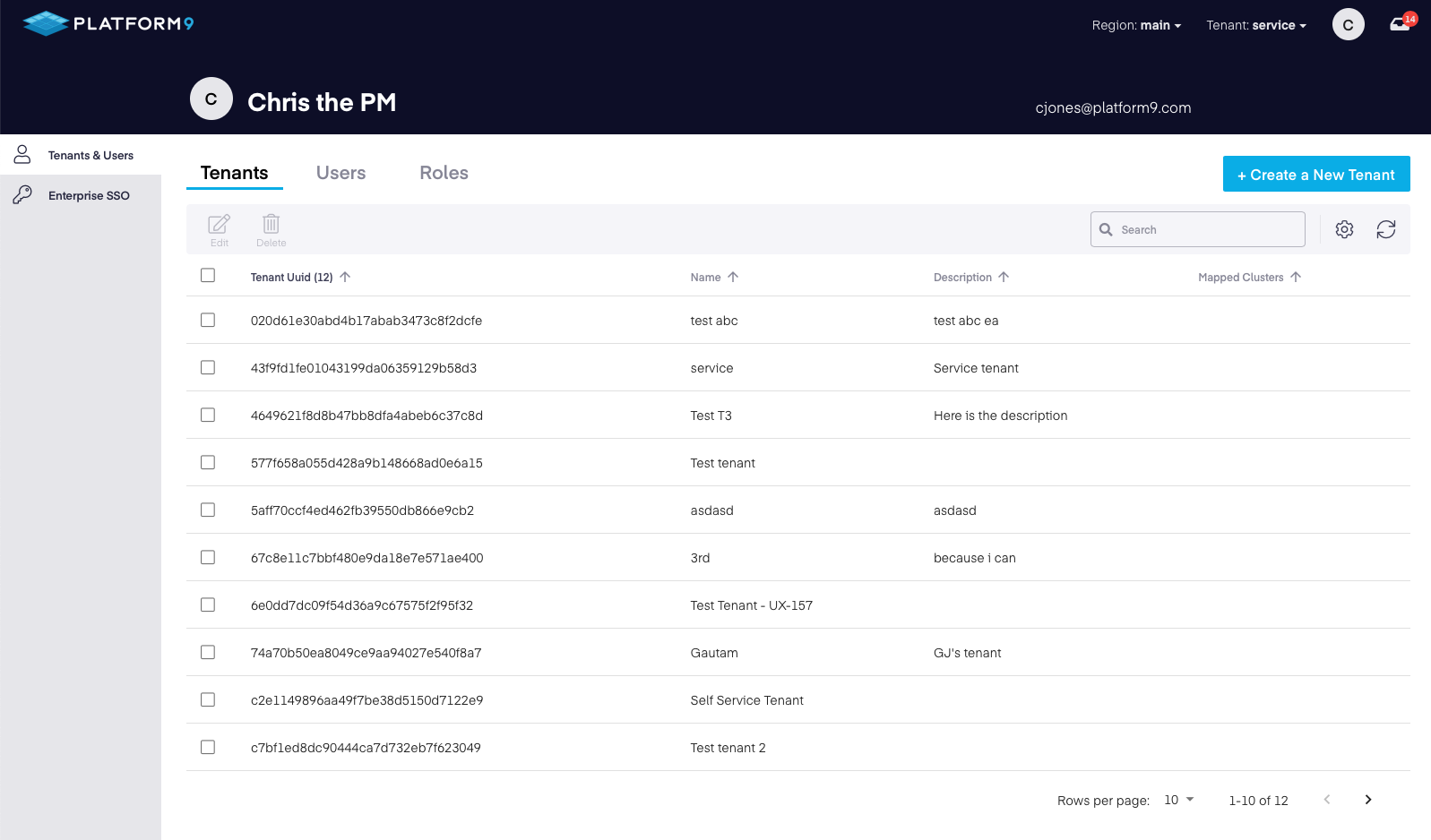
Figure 18: Platform9 Settings
Early Access Features
Technology changes fast and Kubernetes is no exception. As part of our 5.0 release, we have introduced a number of new features in Early Access. The driving force behind these enhancements is the market demand for a converged container and virtualization stack, as well as the need to deploy new environments on the most resilient and performing infrastructure.
New to Early Access features that we would like to invite our users to try out:
- KubeVirt
- IPv6
- Project Luigi – Network Add-on Operator
KubeVirt – Virtualization on Kubernetes
For the last few years, the industry has asked how businesses will run two platforms and maintain scale that allows for efficient operations. In response, the open-source community kicked off the KubeVirt project enabling KVM based virtual machines to run inside of Kubernetes Pods, thus removing the need to run multiple platforms.
Inside of the 5.0 Platform9 is the ability to enable KubeVirt in our Managed clusters so users can begin to learn and operate a single converged stack.
IPv6 Support
As many of our enterprise users look to build new applications and deploy into new edge locations, the demand for 100% IPv6 based networks have increased. In 5.0, we are releasing IPv6 support that enables Platform9 to operate in IPv6 only networks; including communications from the SaaS Management Plane to the HostAgent, the Kubernetes infrastructure, and the Kubernetes CNI based network.
Project Luigi – Network Add-On Operator
No, we are not getting into the video game industry– although I would love to. Project Luigi is a new Kubernetes operator that allows our users to deploy multiple container network interface plugins. This is required for users who require near line speed network performance, such as 5G radio equipment and 5G Mobile Packet Core, and is also required for KubeVirt virtual machines that have more than a single network interface, as many production applications require.
Want to try out the early access features? Contact your solution architect or reach out via Slack.


